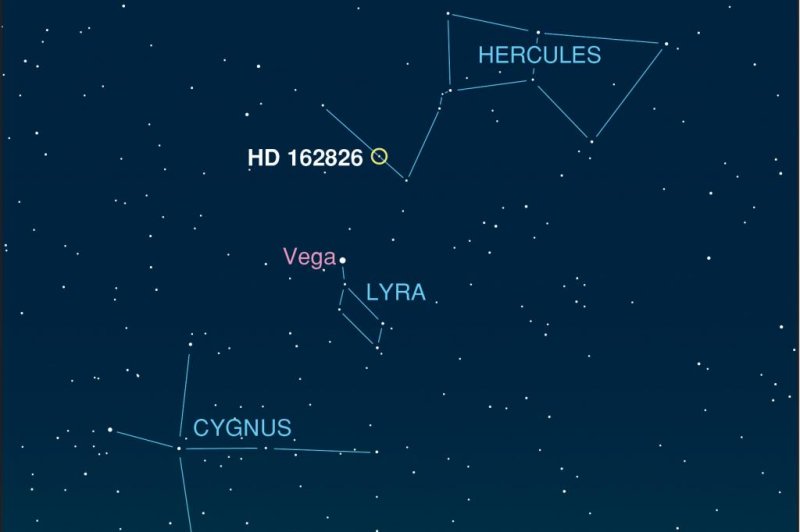AUSTIN, Texas, May 9 (UPI) -- The center of the solar system, the giant star that warms Earth, the sun, didn't grow up an only child.
According to new research by astronomers at the University of Texas at Austin, the sun has a twin sister. The sibling star is named, unimaginatively, HD 162826, and lies some 110 light-years away from us.















